By Wang Xiaobin
(ECNS) -- Dongyu Island in Boao, Qionghai City, Hainan Province--famous for hosting the Boao Forum for Asia, which in 2025 will be held from March 25 to 28--has recently gained significant attention for establishing the Boao Near-Zero Carbon Demonstration Zone. The reporter recently visited this demonstration area to better understand the abstract concept of "zero carbon."
Holding a cup of coffee made by a robot powered by green electricity, one strolls leisurely around Dongyu Island, where solar panels glisten in the sunlight, flower-shaped wind turbines gently spin in the sea breeze, and greenery-covered walls drape buildings in a lush ecological coat. Quietly and seamlessly, a zero-carbon lifestyle has become part of people's everyday lives here.
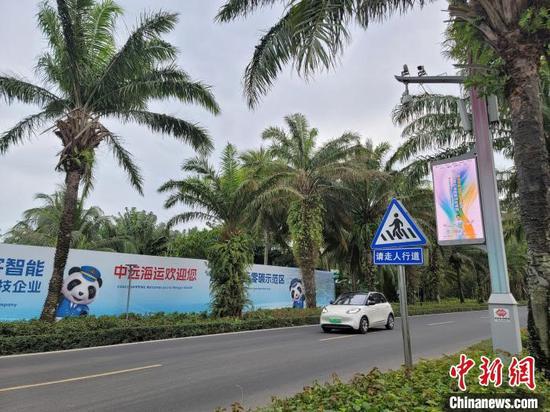
What exactly is a "near-zero carbon" demonstration zone?
The Boao Near-Zero Carbon Demonstration Zone is China's first project to receive the "Regional Zero-Carbon Operation Certificate" from the German Energy Agency. Jointly promoted by the Ministry of Housing and Urban-Rural Development of the People's Republic of China and the People’s Government of Hainan Province, the demonstration zone covers a core area of approximately 1.8 square kilometers on Dongyu Island. Its goal is to demonstrate innovative technologies and eco-friendly building upgrades, advance low-carbon urban development, and underscore China's leading role in global green growth.
At the demonstration zone’s operations management center, a large screen powered by Internet of Things (IoT) and digital twin technologies visually showcases the achievements of 18 renovation projects across eight major categories. Liu Hongwen, a zero-carbon engineer from the Department of Digital Transformation and Sci-tech Innovation at COSCO Shipping Boao Co., Ltd., explained that carbon emissions in the demonstration zone decreased dramatically from 14,400 tons in 2019 to just 470 tons in 2023, representing a reduction of 96.2%. It is precisely this remaining 3.8% of carbon emissions—mainly from maintenance equipment and fuel-powered vehicles entering the island—that adds the word "near" to the zone's "near-zero carbon" title.
Liu noted that while "near-zero carbon" is not equivalent to "zero carbon," it represents a critical transitional stage. Through efficient energy management and carbon reduction measures, the Boao Near-Zero Carbon Demonstration Zone has come very close to achieving its ultimate goal of complete carbon neutrality.
How has the zone approached near-zero carbon emissions?
The Boao Near-Zero Carbon Demonstration Zone has achieved its low-carbon objectives through integrated innovation. Guided by principles of "natural environment, regional zero carbon, resource recycling, and smart operations," the zone has implemented an integrated approach consisting of eight coordinated components: renewable energy utilization, eco-friendly building renovations, green transportation transformation, new power system construction, material recycling, water resource recycling, ecological landscaping improvements, and intelligent operational management.
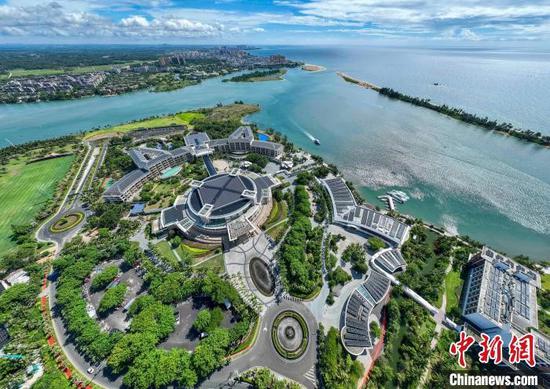
In terms of eco-friendly building renovations, the demonstration zone includes major structures such as the Boao Forum for Asia International Conference Center, Boao Forum for Asia Hotel, Dongyu Island Hotel, and the Boao Forum for Asia Press Center. Renovations of these buildings have adhered to principles of minimal demolition, reduced structural investment, and lower operating costs. Technologies adopted include intelligent curtain walls with automated ventilation, three-dimensional greenery for shading, integrated roofs featuring photovoltaic panels combined with waterproofing and thermal insulation layers, and upgrades such as high-efficiency cooling systems, condensation heat recovery, and chilled water storage technologies.
Building on energy-efficient structures and green transportation, the demonstration zone has achieved full green electricity coverage for its buildings and municipal facilities. The green electricity is generated from distributed photovoltaic systems on the island itself, complemented by agrivoltaic photovoltaic plants off the island. Notably, hotel kitchens within the zone have entirely switched to induction cookers, reducing their annual natural gas consumption from 530,000 cubic meters to zero.
Moving toward zero carbon involves not only reducing or eliminating carbon emissions but also enhancing carbon sequestration capabilities. Urban landscaping provides essential carbon sink spaces that regulate microclimates, conserve water resources, and reduce pollutants, indirectly lowering overall carbon emissions. Dongyu Island has developed native, low-carbon green spaces using local vegetation from Hainan. Through mixed-age, multilayered planting methods, high carbon-sequestration plant communities have been established. Additionally, Qionghai City systematically restored mangrove wetlands, utilizing natural tidal flows and connecting culverts to ecologically link Lemei Lake and the Wanquan River, improving lake water quality. Intentionally preserved mudflats have created a dynamic wetland ecosystem of forests, beaches, ditches, and lakes, providing habitats for diverse species such as birds, fish, and crabs, thus forming a complete mangrove ecological chain.
What is the experience like in a near-zero carbon zone?
The Boao Near-Zero Carbon Demonstration Zone, adapting to the tropical climate, enhances residential comfort and energy efficiency while achieving its low-carbon goals through four primary approaches: installing photovoltaic blinds that simultaneously provide shade and generate electricity; implementing smart ventilation systems that balance airtightness and natural ventilation during transitional seasons, and maintain energy-efficient sealing during air-conditioning seasons; separately controlling temperature and humidity to optimize both comfort and energy savings; and upgrading roof insulation, as well as replacing gas boilers with six air-source heat pumps.
These low-carbon technologies are deeply integrated into daily life. In fact, the "zero-carbon experience" here is essentially imperceptible to most people—hotel guests enjoy lighting and hot water powered by green electricity, while restaurant meals are prepared without open flames. Even within the conference center, equipment such as air conditioning and audio systems run entirely on photovoltaic-generated power. People staying here hardly notice any difference; they seamlessly enjoy the comfort and convenience of low-carbon living.
However, as a pioneer in low-carbon transformation, the Boao Near-Zero Carbon Demonstration Zone not only demonstrates carbon reduction technologies and promotes the zero-carbon goal but also emphasizes making the concept of zero-carbon tangible for people. Liu Hongwen explained that beyond maintaining near-zero carbon emissions, the demonstration zone pays particular attention to creating interactive, perceivable, and experiential zero-carbon scenarios during its daily operations.
Taking advantage of opportunities provided by the establishment of the near-zero carbon demonstration zone and major events such as the Boao Forum for Asia Annual Conference, Dongyu Island has continuously deepened its applications in green accommodation, catering, event hosting, transportation, and office operations. It has formed a series of innovative highlights in low-carbon technology, represented by the establishment, promotion, and application of a carbon-inclusive platform, as well as innovations such as smart catering checkouts, digital conference nameplates, the Dongyu Island Carbon Cube, zero-carbon coffee-making robots, and robots for guest welcoming and goods delivery.
How will the zone move from near-zero to true zero carbon in the future?
Liu Hongwen explained that the official operation of the Boao Near-Zero Carbon Demonstration Zone marks its achievement of a "near-zero carbon" status, meaning carbon emissions have been reduced to just 3.8% of the pre-renovation level. According to real-time data displayed on the large screen in the Operations Management Center, the carbon emission figures for 2024 show slight variations; specific data still require further measurement and verification by third-party teams.
Liu Hongwen explained that the official operation of the Boao Near-Zero Carbon Demonstration Zone marks its achievement of a "near-zero carbon" status, meaning carbon emissions have been reduced to just 3.8% of the pre-renovation level. According to real-time data displayed on the large screen in the Operations Management Center, the carbon emission figures for 2024 show slight variations; specific data still require further measurement and verification by third-party teams.
"During the operation of the demonstration zone, our core philosophy has been ‘from approaching zero carbon to embracing zero carbon,’" Liu explained. "Although we have reached the 'near-zero carbon' stage, achieving true zero carbon still requires overcoming several technological challenges." For instance, electrifying fuel-powered vessels, upgrading maintenance equipment, and transitioning other critical facilities to zero-carbon operations—these efforts are ongoing.








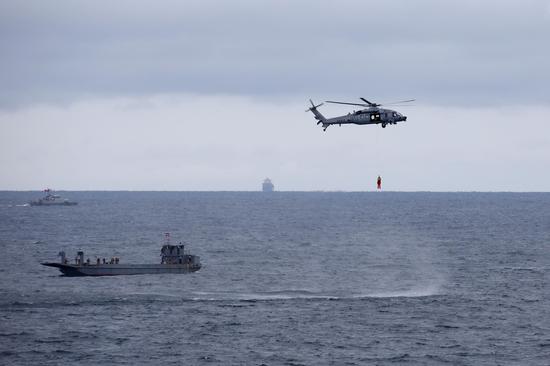
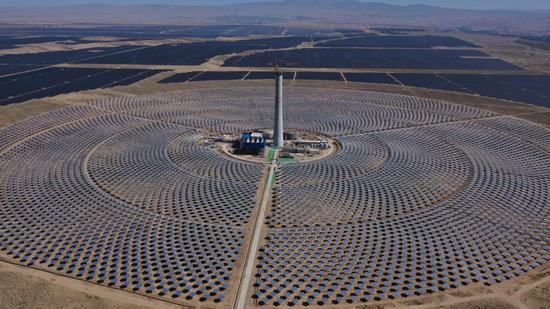
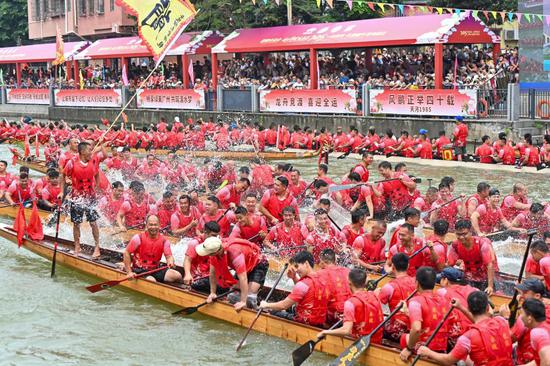
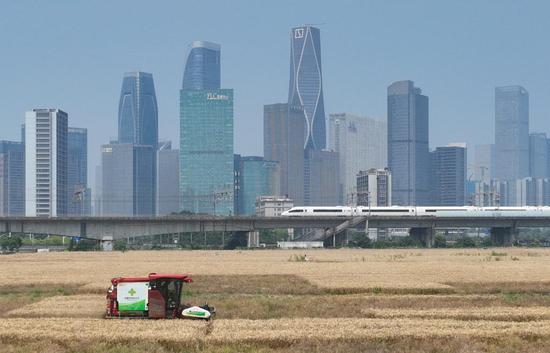
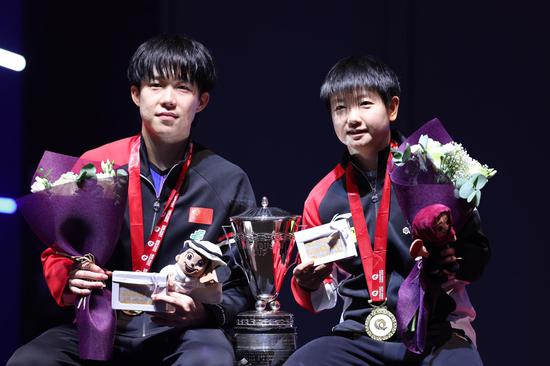
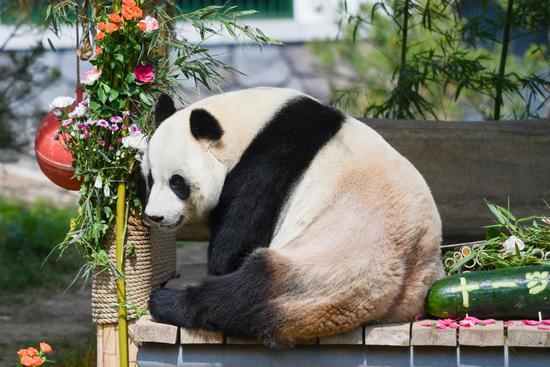

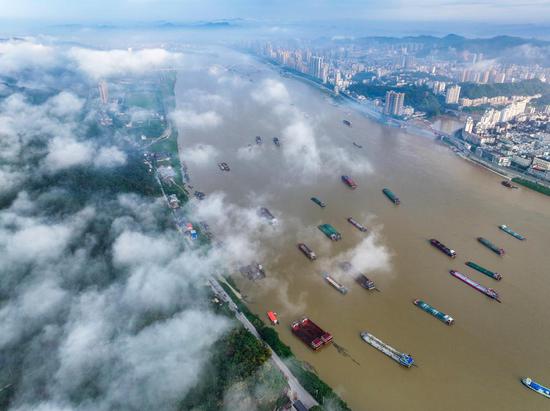

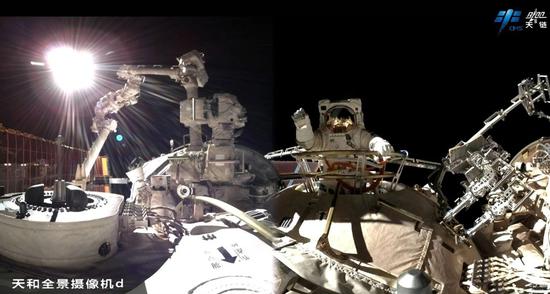
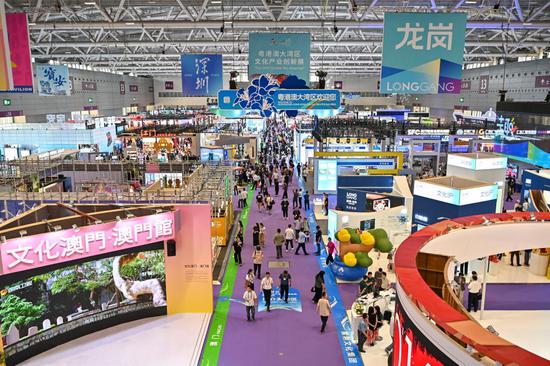
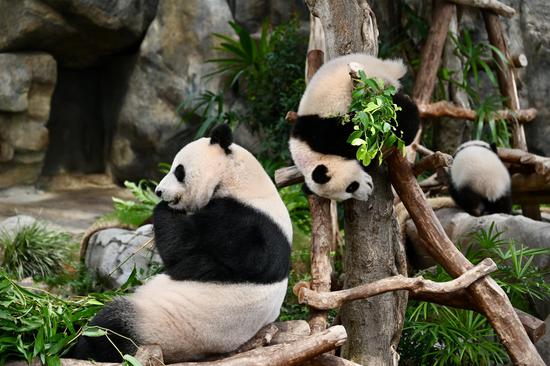

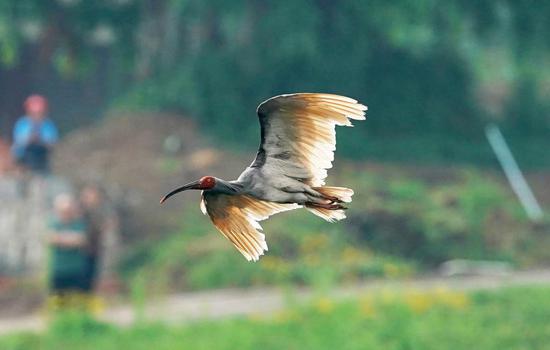
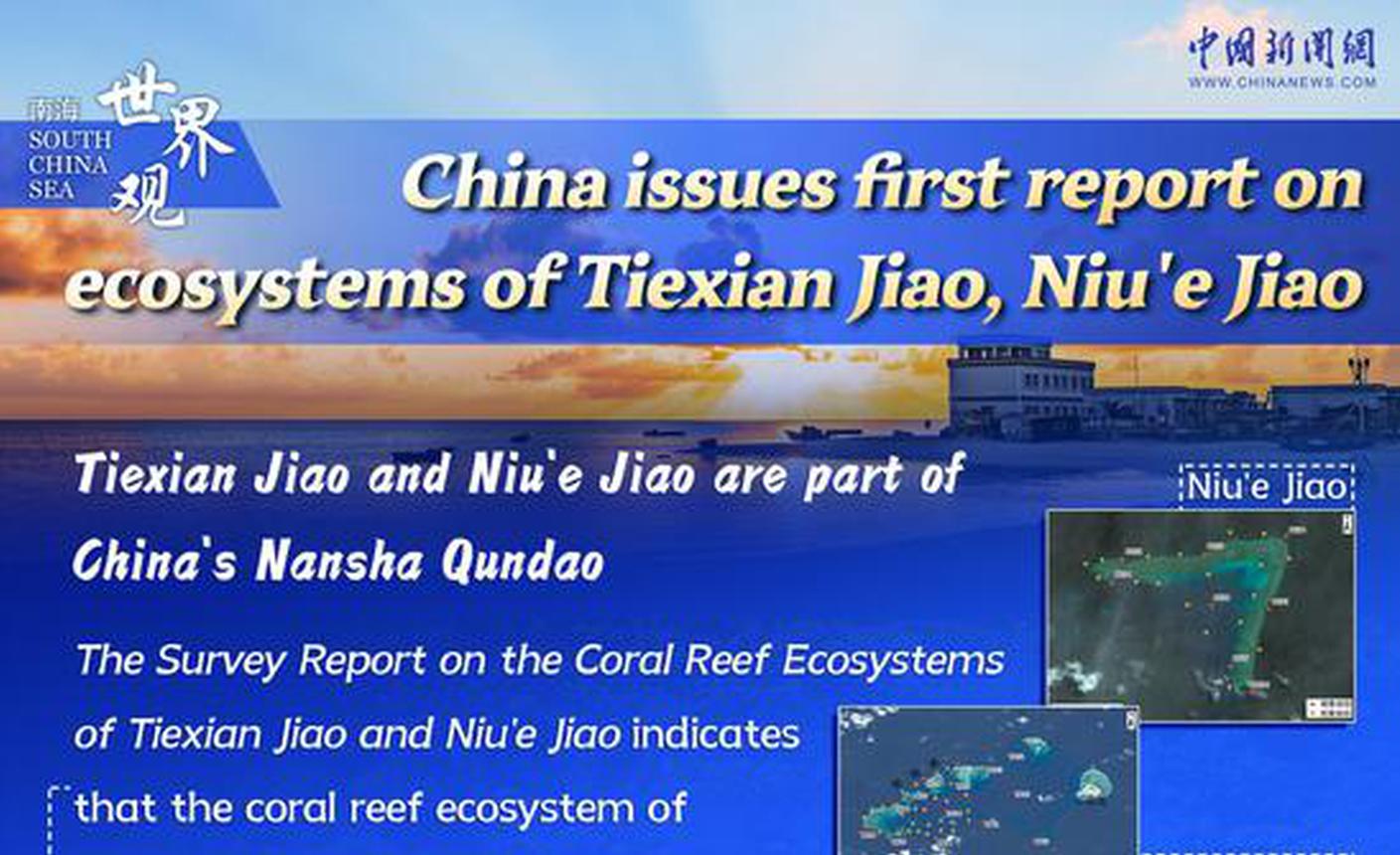
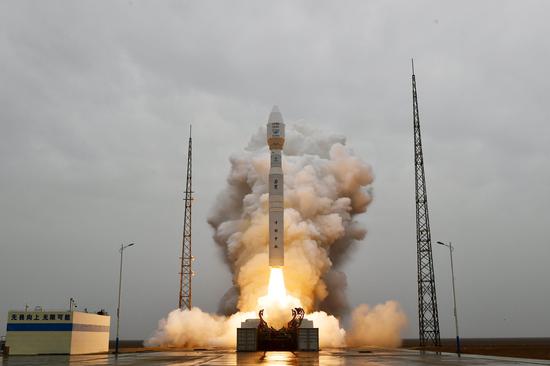

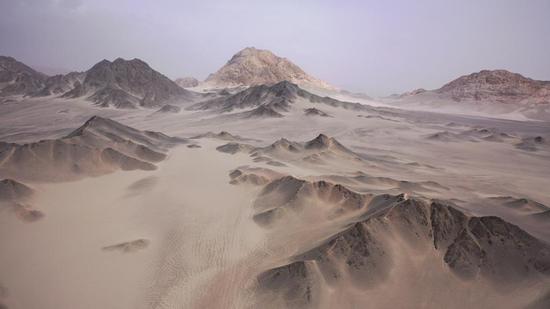
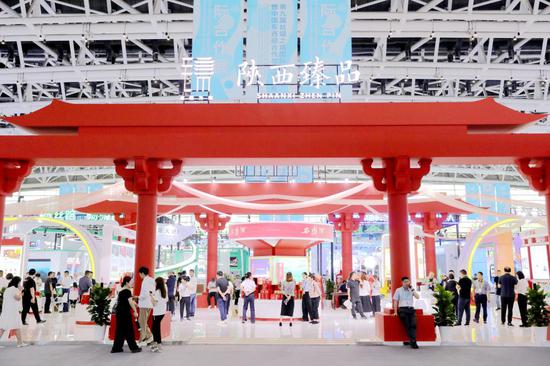
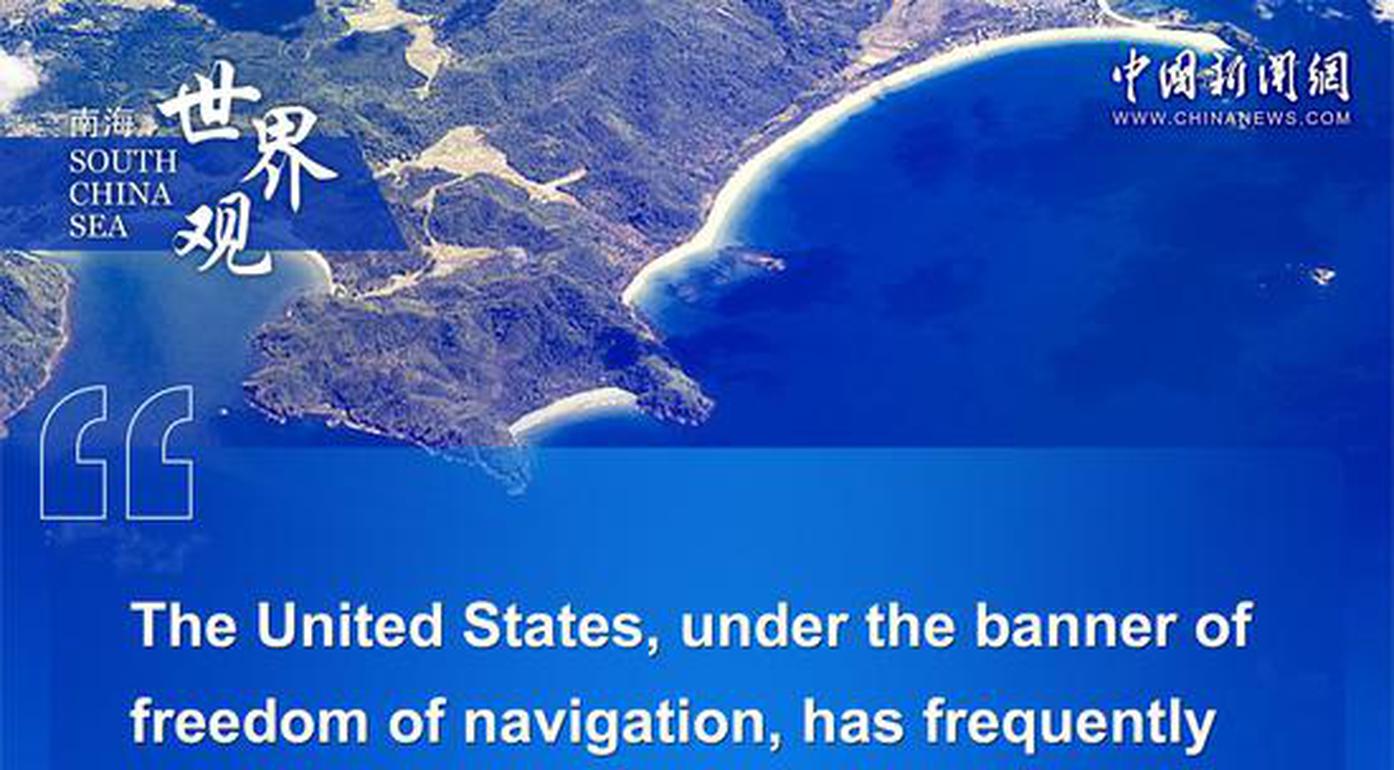








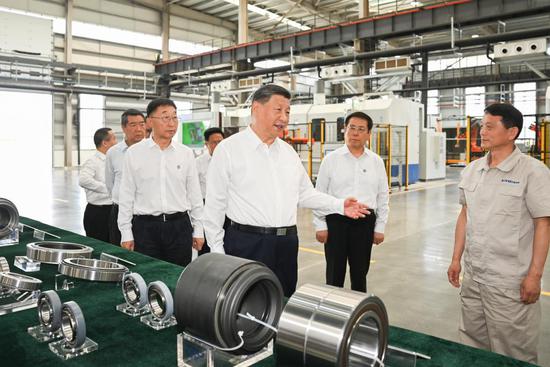
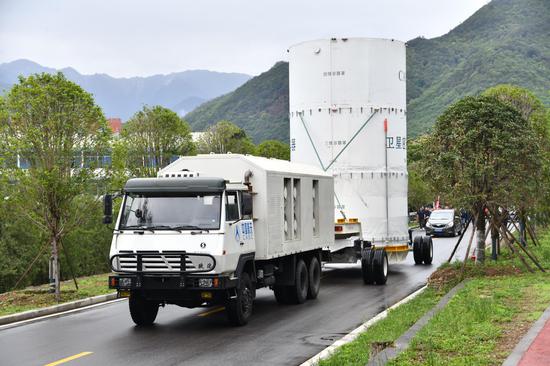

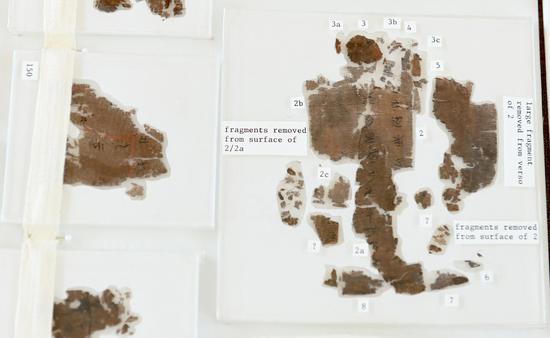


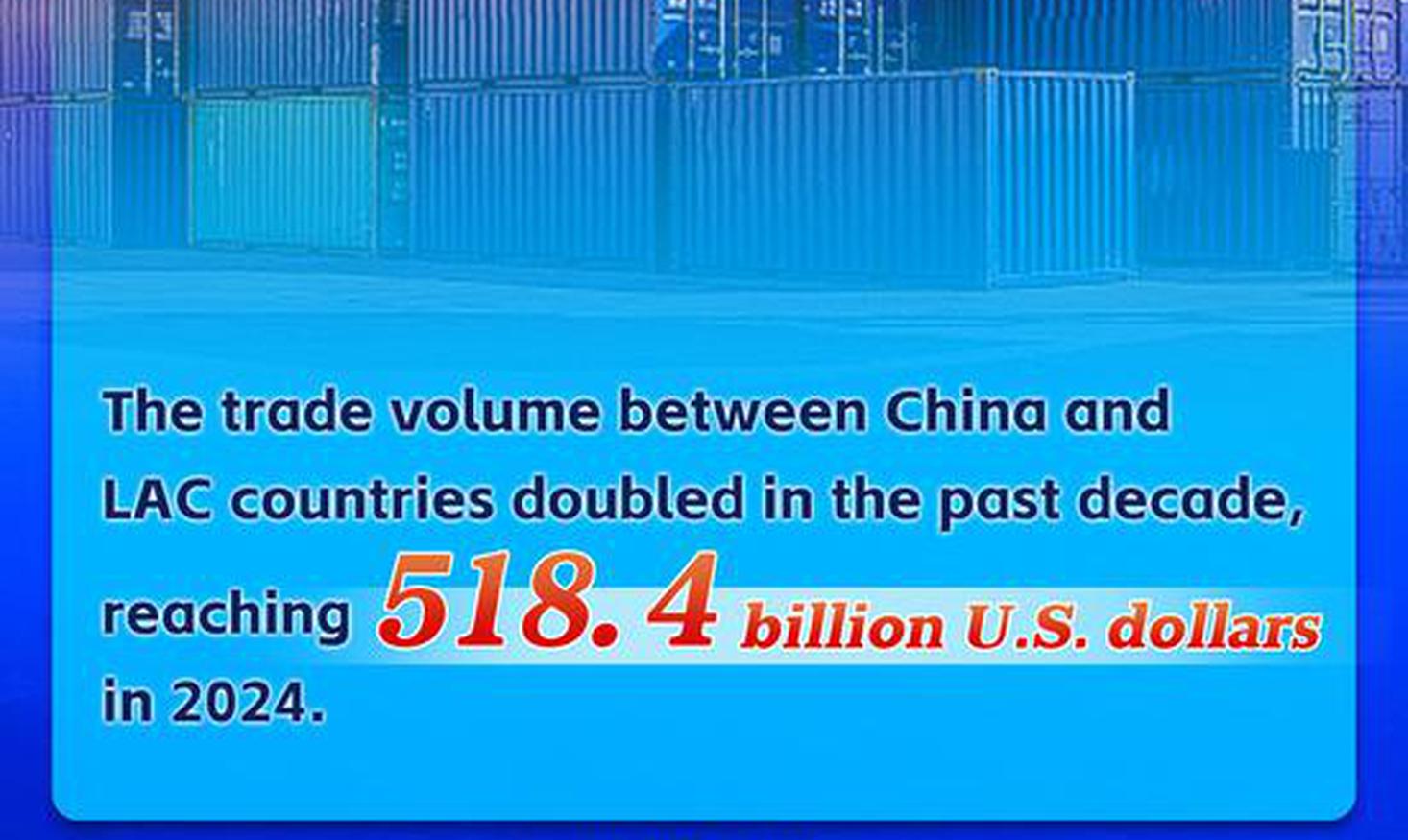
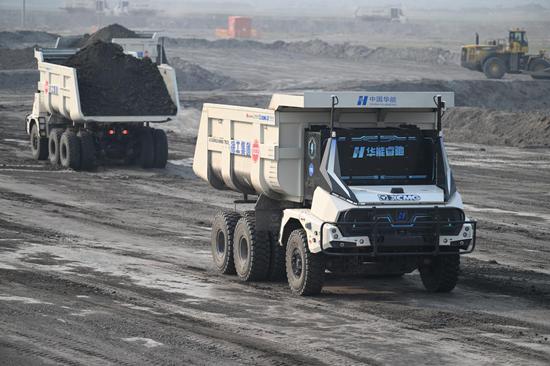
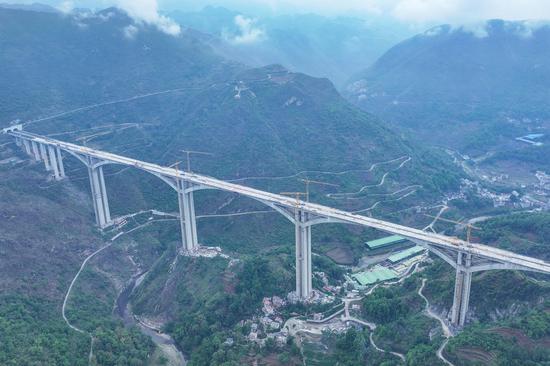

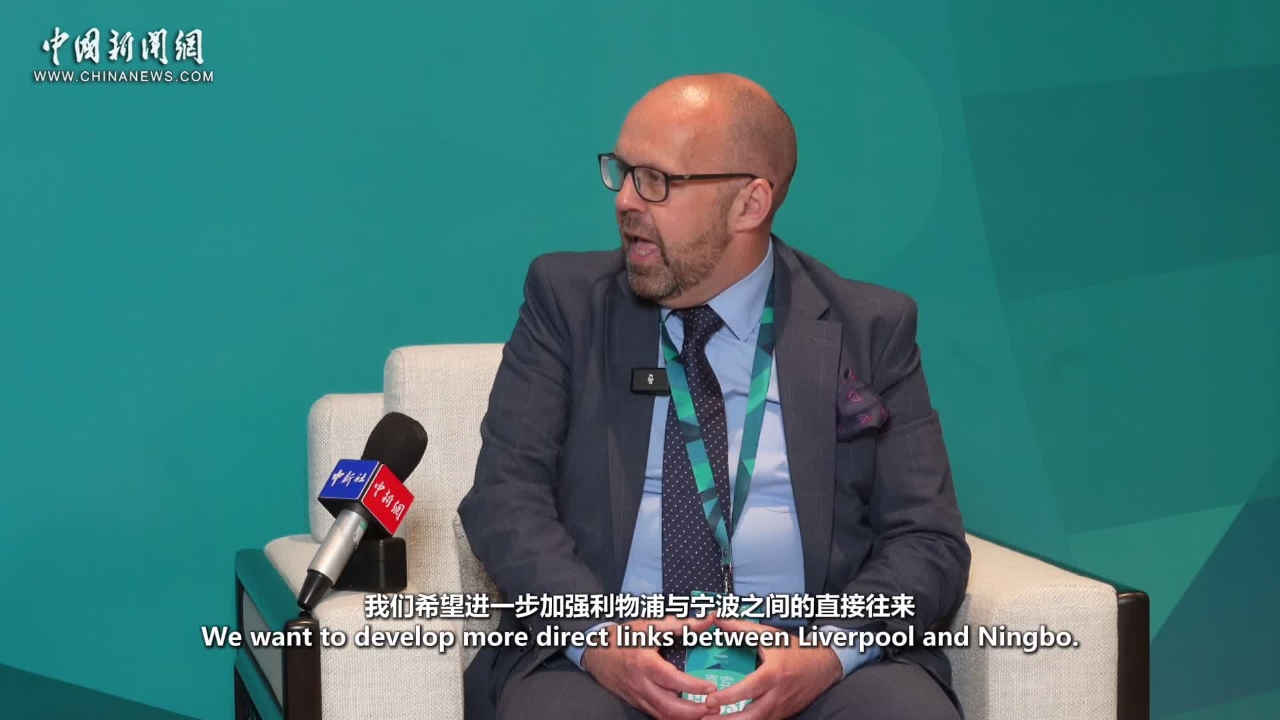

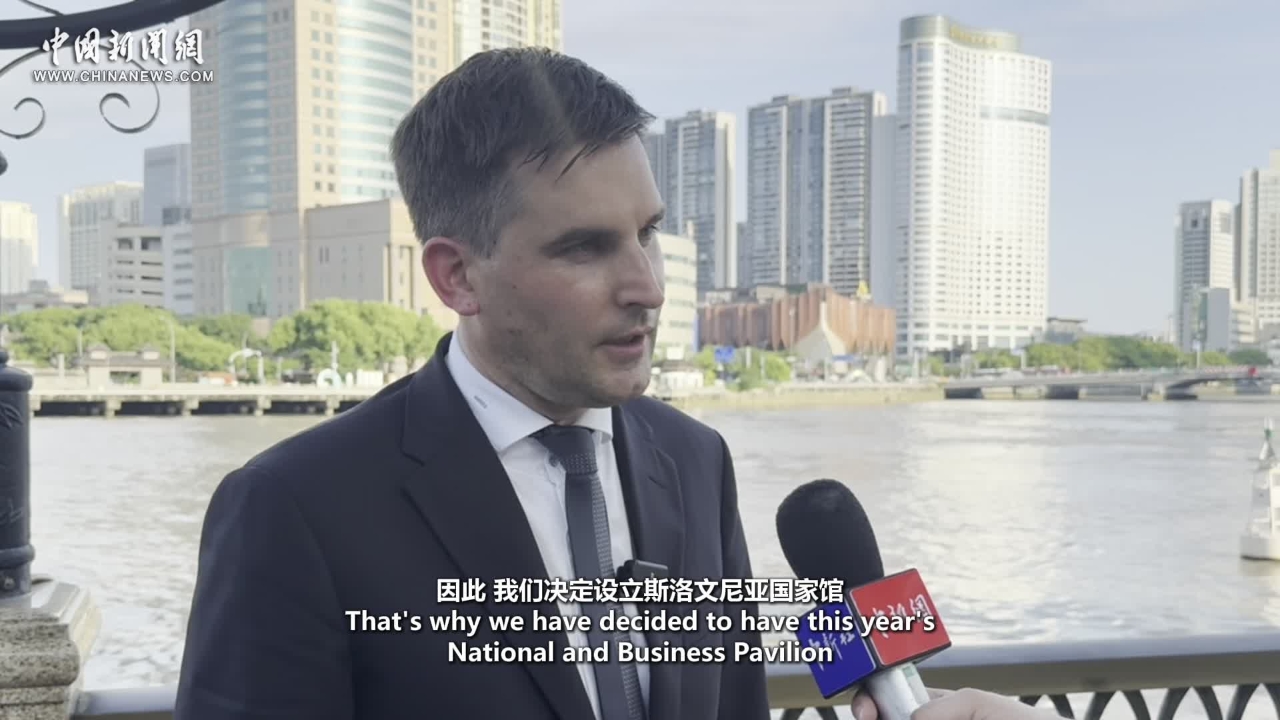

 京公網(wǎng)安備 11010202009201號
京公網(wǎng)安備 11010202009201號